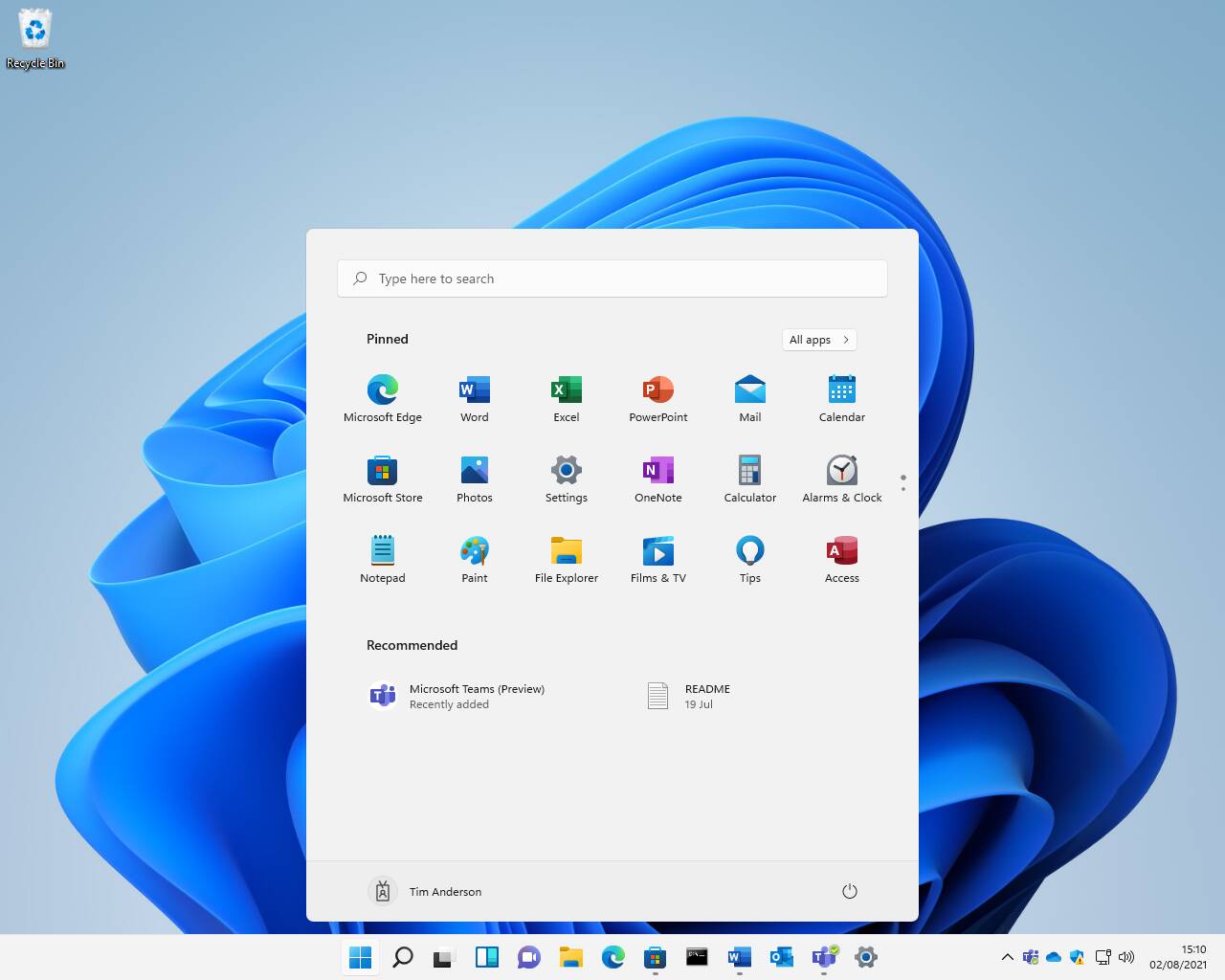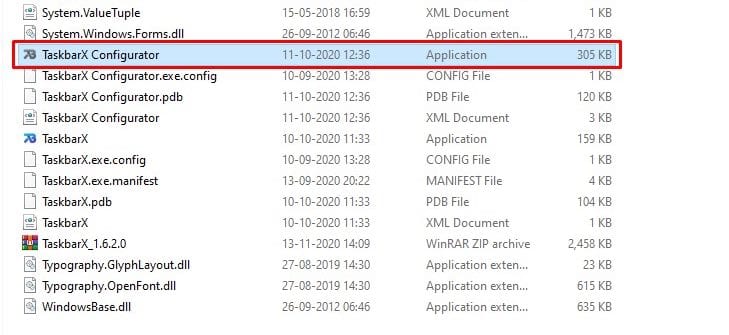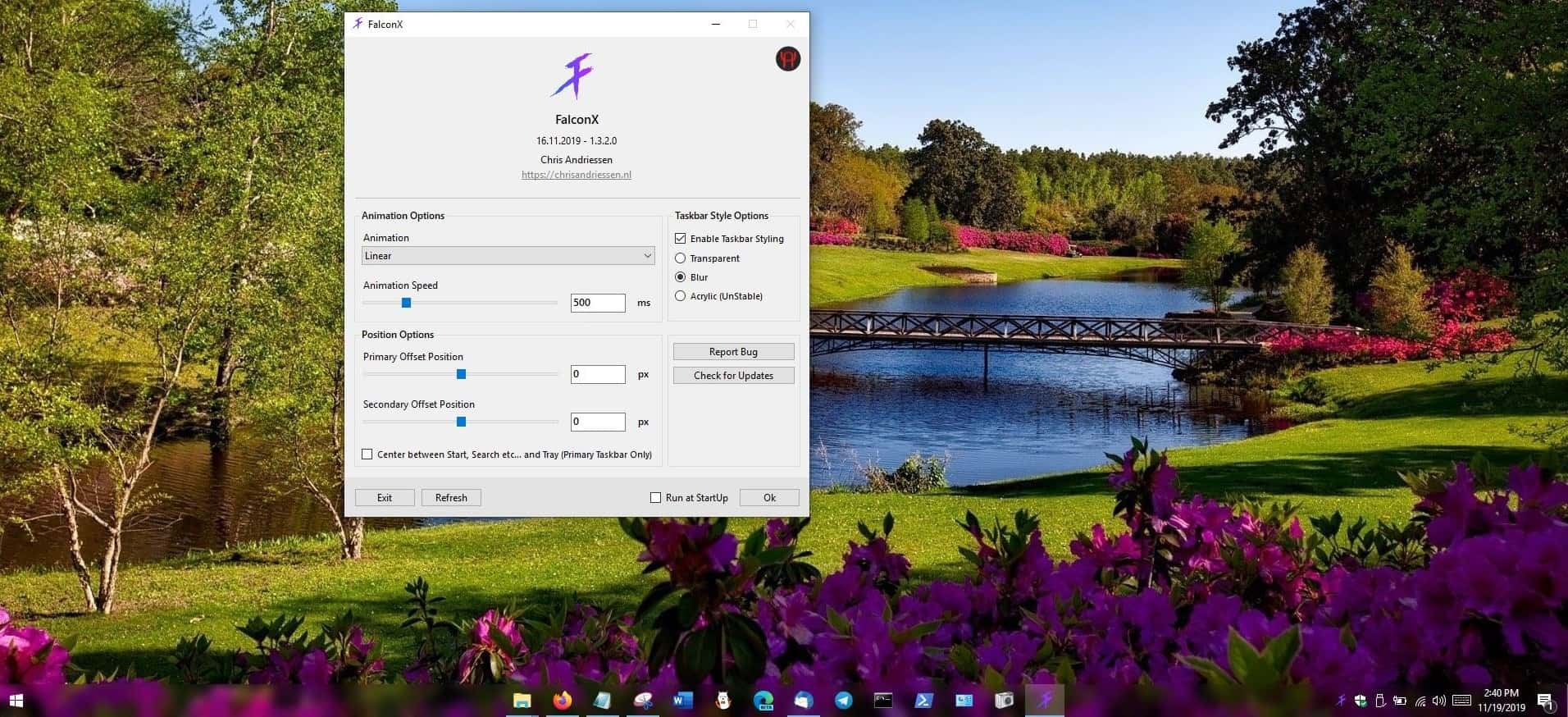

On the interface front, it’s unclear the visual changes that will roll out with Windows 12. The project will introduce the concept of state separation, which will divide the system into different partitions isolated from the user and third-party apps to allow better and faster updates while improving security.Īs part of the Hudson Valley development, the company also plans to optimize the operating system to bring even more AI capabilities. The information aligns with previous reports of the company rolling back the release schedule for new versions of Windows every three years.Īlthough the company hasn’t even announced the existence of the project, we already know several details about the next version of Windows.įor instance, it has been said that Windows 12 may increase the memory requirement from 4GB to 8GB while maintaining the same requirements for TPM (Trusted Platform Module) chip and Secure Boot.Ī recent report also points out that Microsoft plans even bigger changes for the “Hudson Valley” release with the CorePC project, which aims to modernize the system to make it modular while maintaining compatibility with classic desktop applications. This is exactly three years after the release of Windows 11, which was known as the “Sun Valley” project at the time. Microsoft usually assigns codenames to projects before revealing the actual name.Īs Microsoft continues to improve and add new features to Windows 11, the company is also already working on the next version, Windows 12, known internally as the “Hudson Valley” project. According to recent reports, the software giant is internally calling the next version of the operating system “Hudson Valley,” and it’s aiming for 2024 as the release date.



The development for the next version of Windows is called “Hudson Valley.”.


 0 kommentar(er)
0 kommentar(er)
